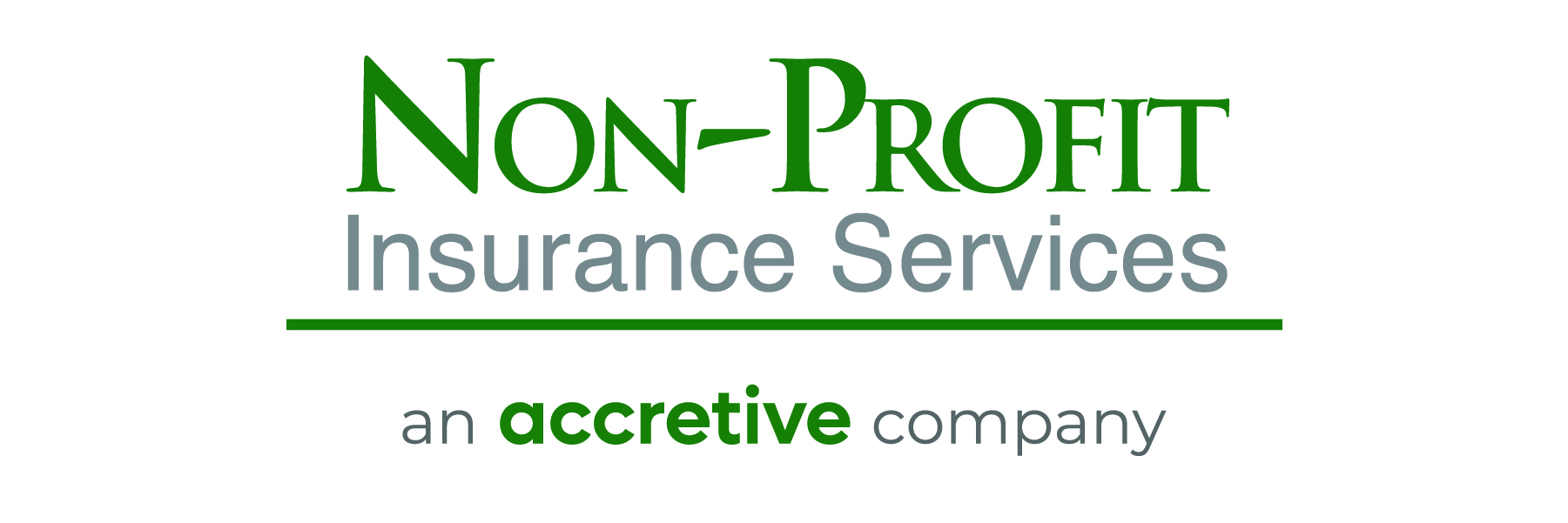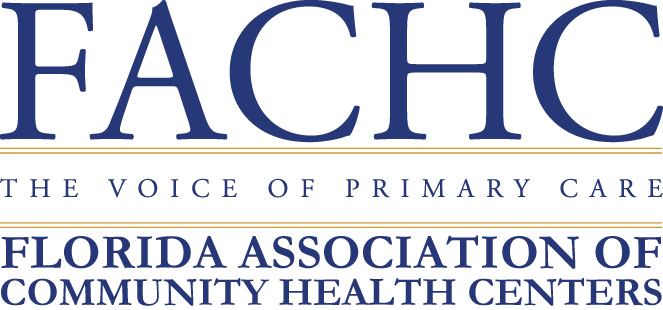The boards of small nonprofit organizations must make major investment decisions, but they are often flying in the dark.
Handling large amounts of money simply isn’t a risk-free proposition, and it can be difficult for those without a background in finance. “We probably get three or four calls a month from institutions that have $10 million to $30 million and don’t know what to do,” said D. Ellen Shuman, who oversees Edgehill Endowment Partners, which manages about $650 million in nonprofit money.
There is a simple answer, which works for many small institutions as well as for individuals saving for retirement. It is to put money into low-cost stock and bond funds, allocate the money appropriately and rebalance periodically. But the boards of nonprofits don’t always find this straightforward approach appealing for a variety of reasons, many of them psychological.
For one thing, not every nonprofit has board members who want to take responsibility for decisions that could affect their institution’s financial health. Even members with financial expertise may feel ill equipped to make an investment decision in a stressful market.
Hiring outside money managers to handle these burdens comes at a price and with no guarantee of success. Assembling a team of superb money managers, as Yale, Princeton and other universities have tried to do, may not be realistic for nonprofits that don’t have an enormous endowment.
That’s why Larry Kochard, who oversees the University of Virginia’s $8.6 billion endowment and sits on the board of the $18 million Virginia Environmental Endowment, says the simple solution, equity and bond index funds, makes sense for smaller institutions.
Finding good outside advisers is possible for institutions without deep pockets, he said, but it is very difficult. “The odds of a small endowment finding the right managers are very slim,” Mr. Kochard said.
For the most part, he advocated modest goals, saying: “If we are watching our allocations and spending and rebalancing, we are meeting our obligations.”
Ms. Shuman also favors index funds for nonprofits, but warns that the success of index funds over the past several years has largely been driven by companies like Facebook, Amazon, Netflix and Google.
“They drove a disproportionate return,” she said, and if these stocks decline, the indexes will fall, too. She recommends Vanguard’s managed equity and international funds for low-cost but actively managed alternatives.
When considering whether to hold hedge funds, which often do not allow immediate liquidation of investments, many nonprofits may need to examine whether they can afford to forgo access to their money for long periods.
That’s not always an issue, however. Before Patti Birch died in 2007, for example, she directed that her Patti and Everett B. Birch Foundation spend down all of its funds in the years ahead. The foundation’s president, Vartan Gregorian, said it still gave money to “the arts, women’s rights, religious and ethnic tolerance, freedom of speech and strengthening American democracy,” all causes that were important to Ms. Birch. Mr. Gregorian is also president of the Carnegie Corporation.
The foundation’s remaining funds are all being held in low-risk short-term bonds, said Mark Imowitz, whose firm, Imowitz Koenig and Company, handles the finances.
“Patti was not worried about having great appreciation in her investment assets,” he said. “It was natural to keep them in low-return funds since the money was being spent down.”
Many nonprofits have to think much longer term, however, and don’t have the luxury of holding all of their assets in a single low-risk asset class.
Mike Kempner, who heads KS Capital Partners, a small hedge fund, is the treasurer of De La Salle Academy, a Manhattan school for low-income children that has a $9 million endowment and that plans on being around for many years. Commonfund, which advises many educational institutions, has managed La Salle’s money, he said.
Roughly 80 percent of it is allocated to Commonfund’s multistrategy equity fund, which includes a smattering of hedge funds, and it underperformed the Standard & Poor’s 500 stock index by 2.5 percentage points in the three years through April, Mr. Kempner said. The fund has improved lately, he said.
“You can’t be complacent,” he said. “If a manager underperforms their benchmarks, you should not just immediately trade managers. You have to understand what is wrong and how can they plan to fix it “
Fees vary widely and are not always transparent. Commonfund, which manages about $24 billion in nonprofit money for about 1,400 clients, charges an average fee of 0.3 percent directly, according to Keith Luke, Commonfund’s president. But because the managers selected by Commonfund for nonprofit portfolios also charge fees and because there are additional expenses, the overall fee paid by nonprofits is about 1 percent on average, he said.
Commonfund “is like an institutional mutual fund,” Mr. Luke said. “We create a commingled investment vehicle of managers who pick stocks across all strategies.”
TIAA, which specializes in retirement plans for teachers, offers advice to nonprofits, as does Vanguard, the giant low-cost mutual fund manager. Vanguard manages about $23 billion in nonprofit funds, said Christopher Phillips, head of its institutional advisory services.
“There is scaled pricing,” he said, “and the larger the portfolio, the smaller the fee.” For sizable portfolios — about $20 million — the overall fee would be less than 0.14 percent with Vanguard, he said.
Source: The New York Times
Author: Geraldine Fabrikant









